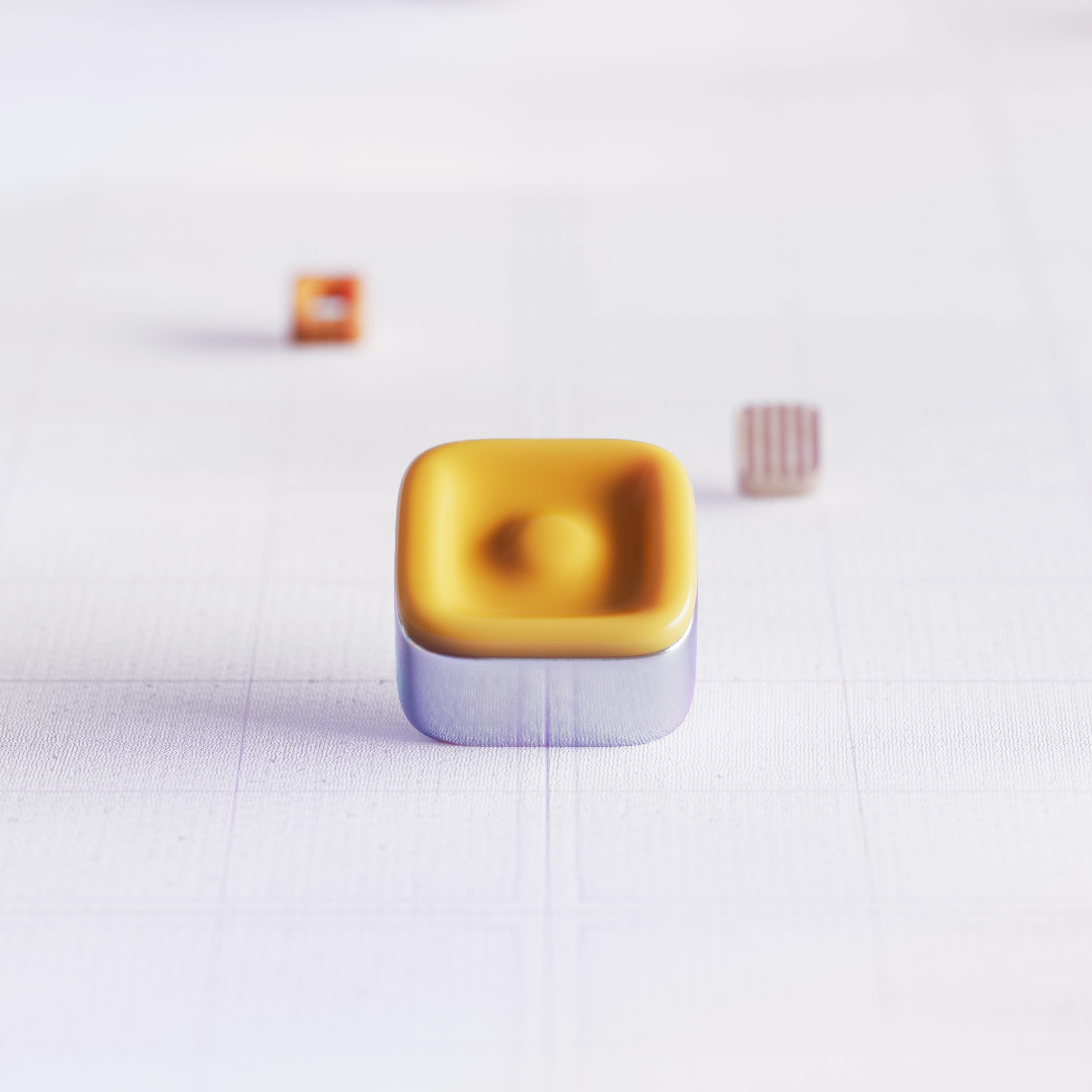AI-Powered 3D Reconstruction from Video Using Diffusion Priors

Top post
Geometry from Motion: A New Method for 3D Reconstruction from Videos
The reconstruction of three-dimensional scenes from two-dimensional videos is a central challenge in computer vision. Applications range from the creation of immersive virtual environments to the development of autonomous navigation systems. A new method called GeometryCrafter now promises to significantly improve the accuracy and consistency of these reconstructions by using so-called "Diffusion Priors".
Conventional methods for 3D reconstruction from videos often encounter difficulties, especially in complex scenes with moving objects. Blurs, occlusions, and changing lighting conditions make it difficult to precisely determine the geometry. GeometryCrafter takes a new approach by utilizing the temporal coherence of videos and, with the help of Diffusion Priors, creates a consistent 3D model of the scene.
Diffusion Priors: Learning from Noisy Data
Diffusion Priors are a relatively new concept in the field of machine learning. They are based on the idea that the original information can be extracted from a noisy dataset through an iterative process of "denoising." In the context of 3D reconstruction, this means that a sharp and complete 3D model can be derived from a sequence of blurry and incomplete images.
GeometryCrafter uses these Diffusion Priors to progressively refine the geometry of the scene. The information from the individual video frames is combined, and the temporal sequence of movements is taken into account. The result is a consistent 3D model that achieves high accuracy even in complex scenes with moving objects.
Applications and Potential
The application possibilities of GeometryCrafter are diverse. In virtual reality, it could be used to create realistic 3D models of real environments, enabling an immersive experience. In the field of robotics, autonomous systems could use the 3D information obtained in this way to move safely and efficiently in their environment. The technology could also be used in the film industry and architecture to create detailed 3D models.
Challenges and Future Perspectives
Despite the promising results, research in the field of 3D reconstruction with Diffusion Priors is still in its early stages. The computational complexity of the methods is still relatively high, and the quality of the reconstructions strongly depends on the quality of the input data. Future research will focus on improving the efficiency of the algorithms and increasing robustness against noisy and incomplete data.
The development of GeometryCrafter is an important step towards more precise and consistent 3D reconstruction from videos. The technology has the potential to fundamentally change the way we interact with virtual environments and how autonomous systems perceive their surroundings.
Bibliographie: - arxiv.org/html/2412.01821v1 - x.com/_akhaliq?lang=de - arxiv.org/abs/2403.12013 - huggingface.co/papers/2406.01493 - www.ecva.net/papers/eccv_2024/papers_ECCV/papers/03265.pdf - openreview.net/forum?id=extpNXo6hB - sweetdreamer3d.github.io/paper/Paper_high_res.pdf - fuxiao0719.github.io/projects/geowizard/.png)


